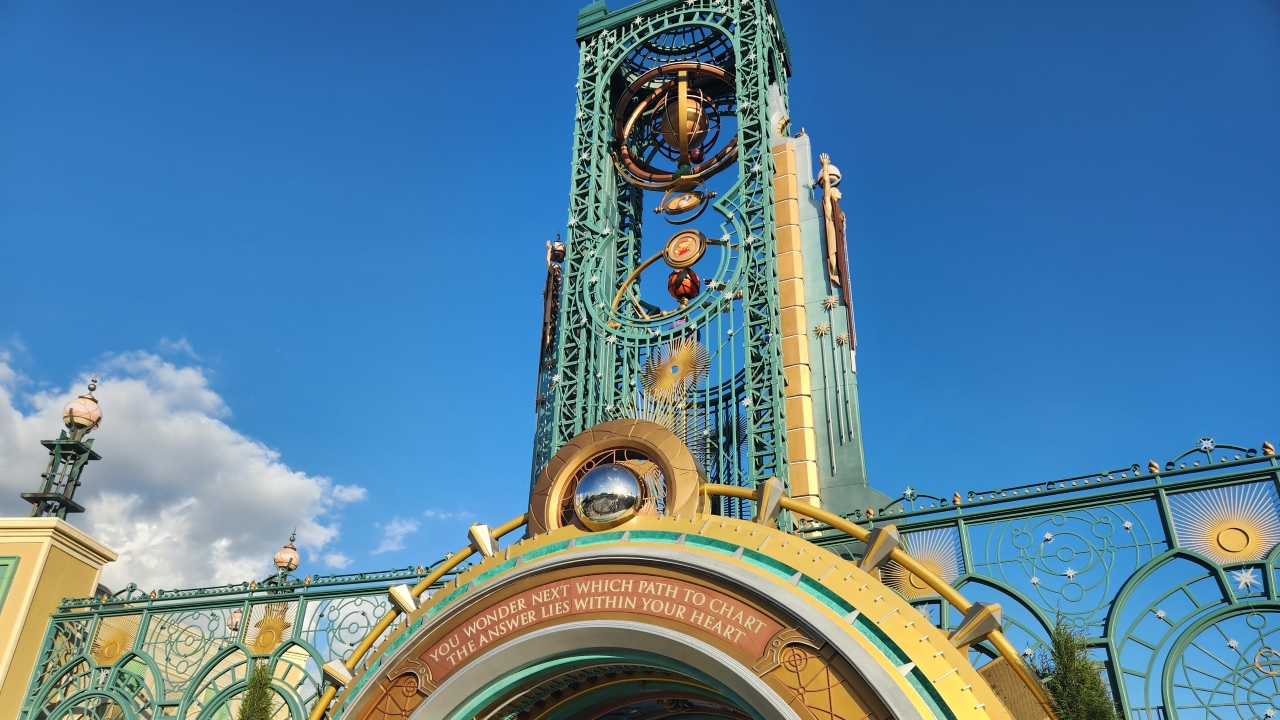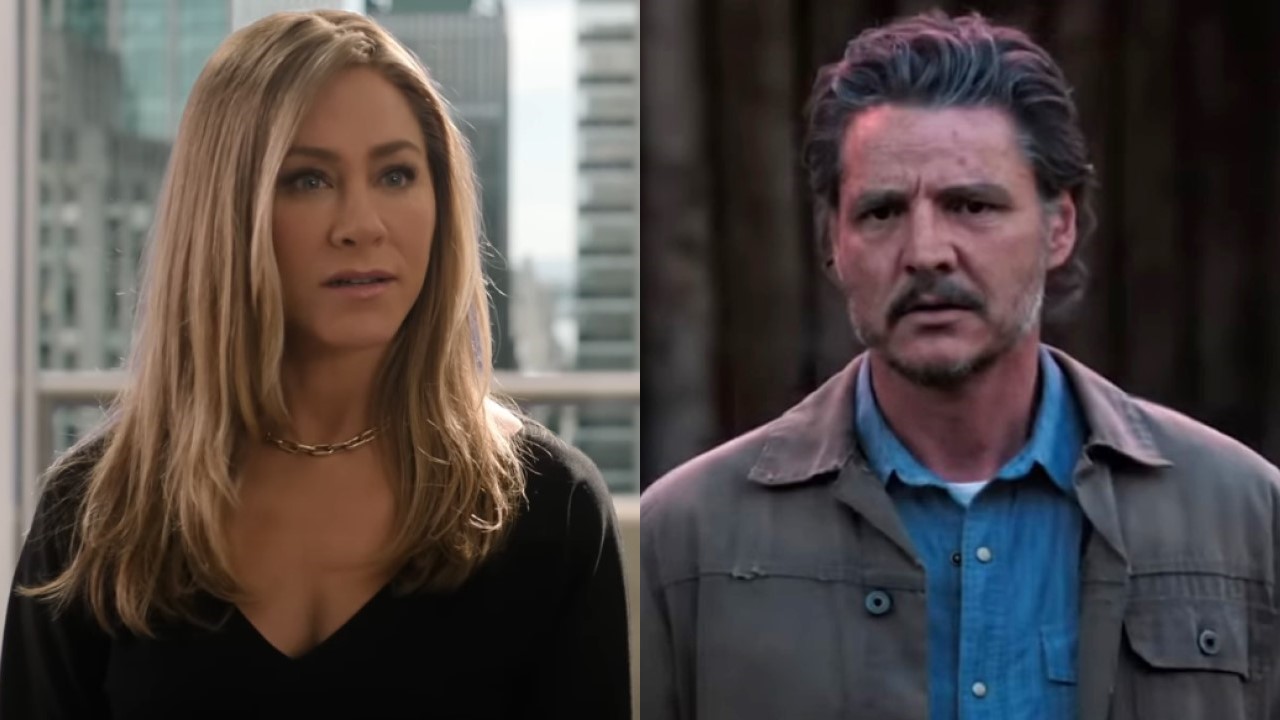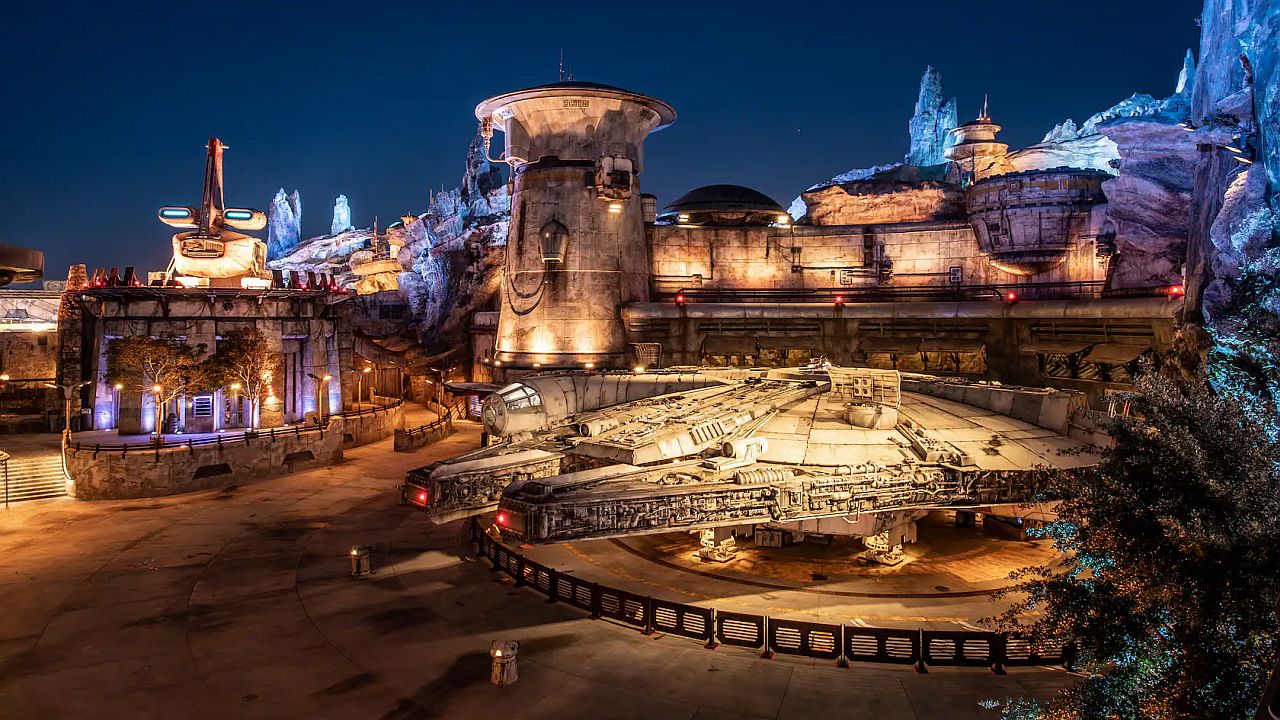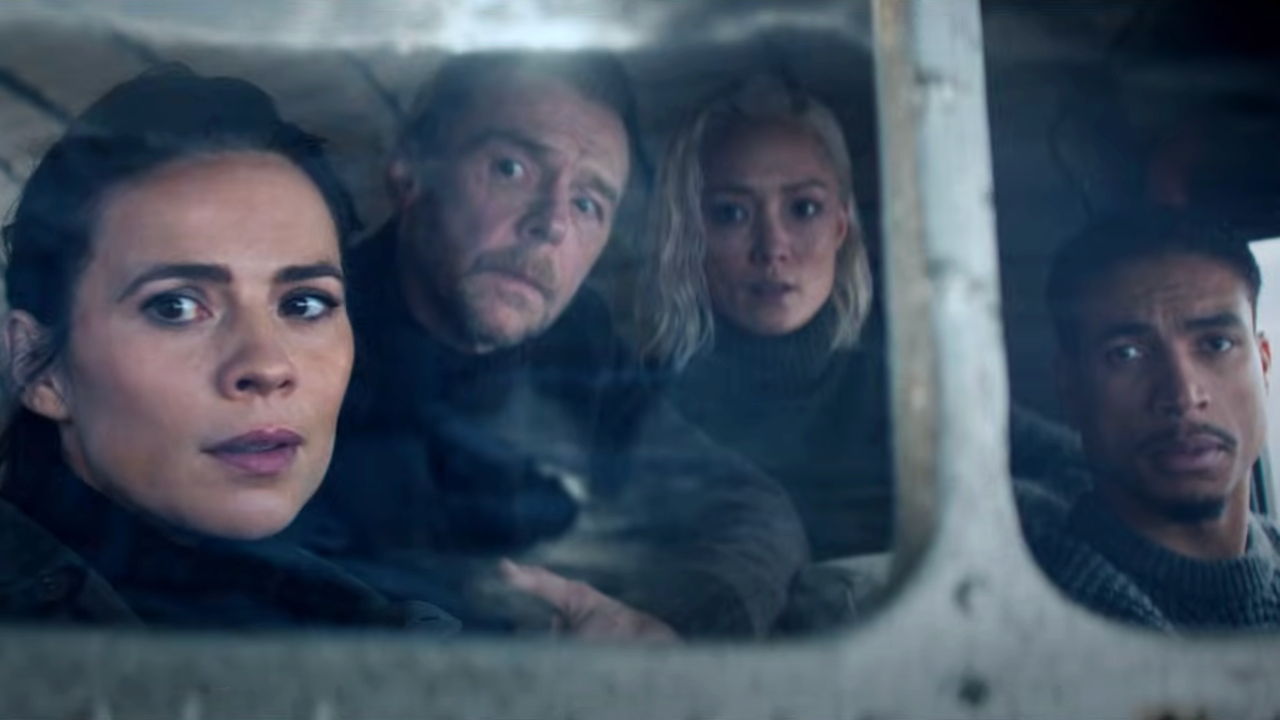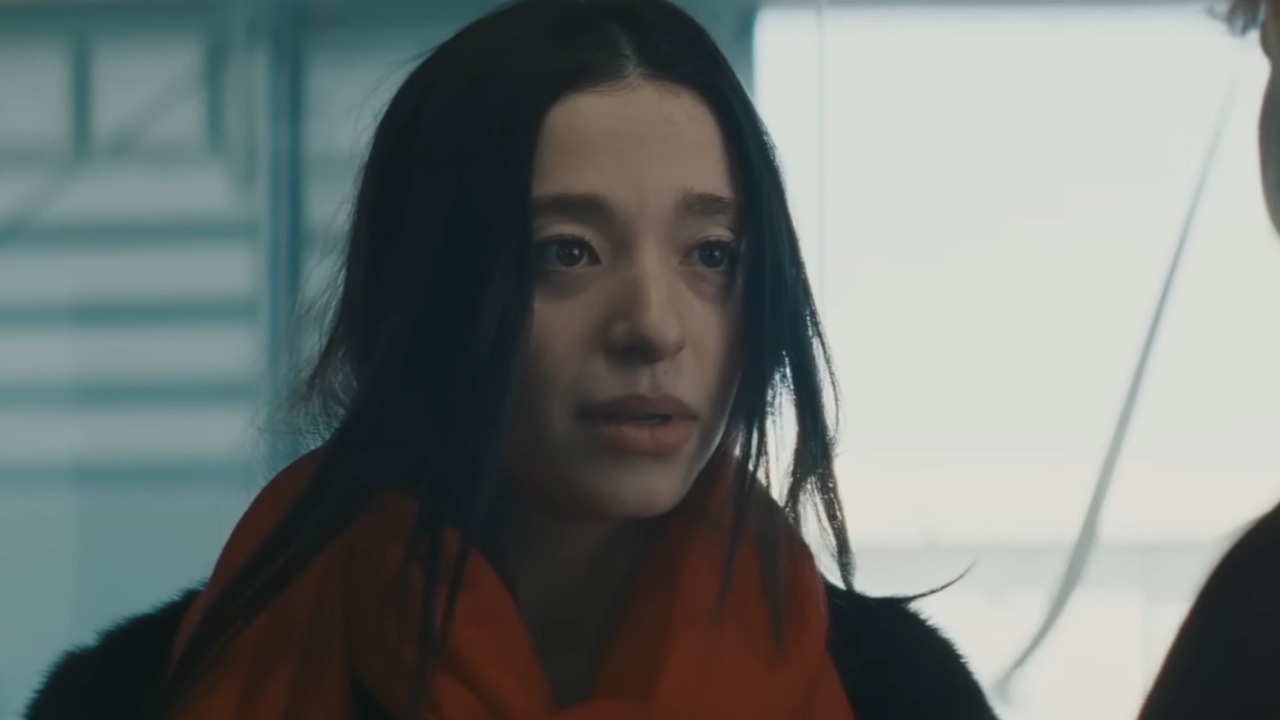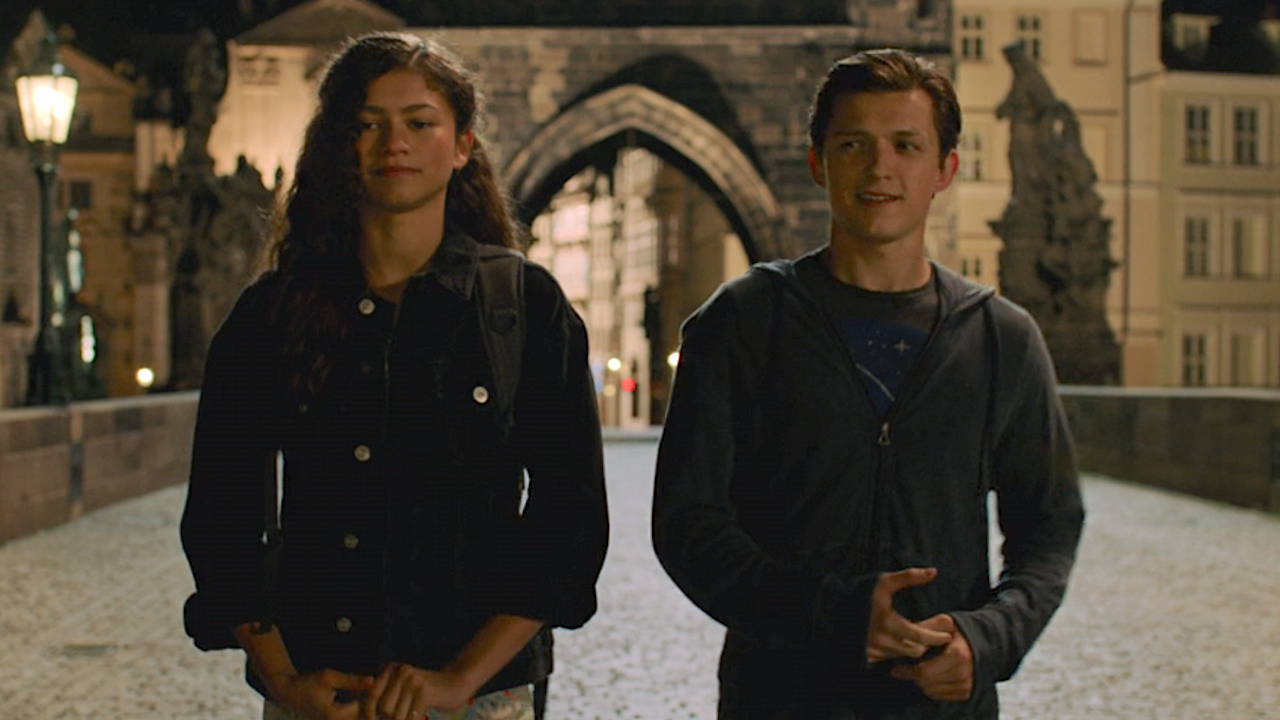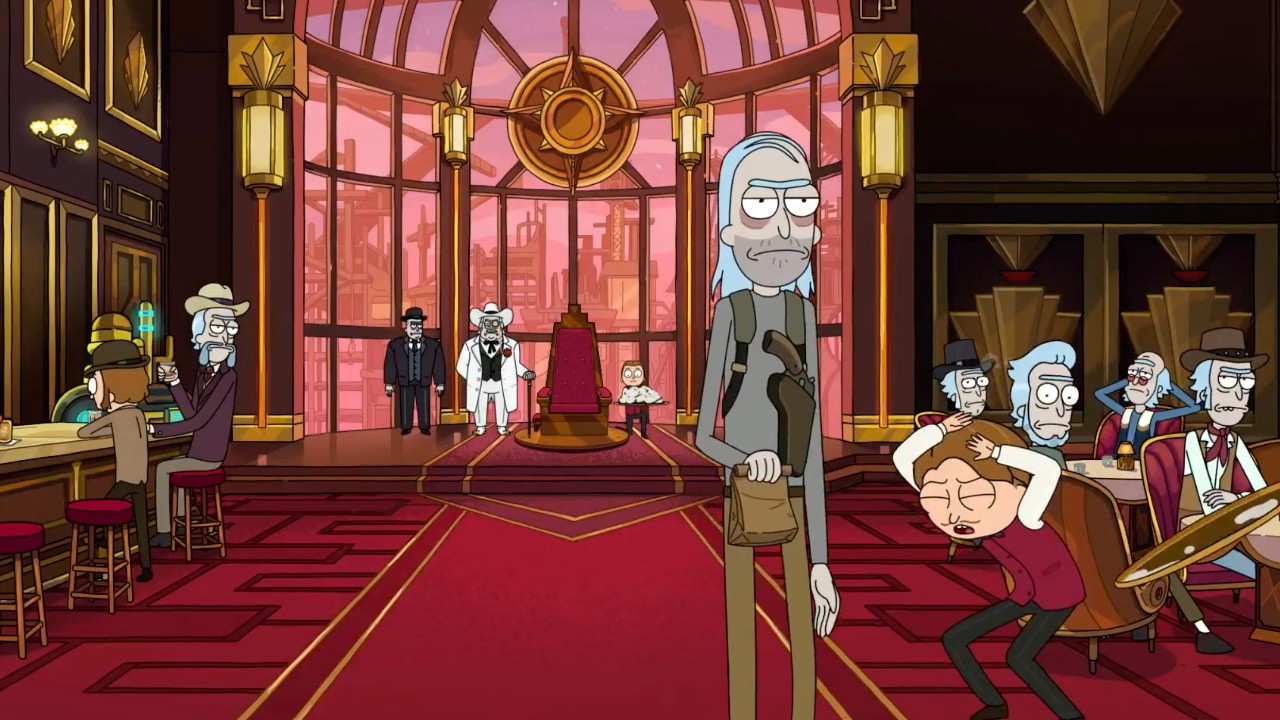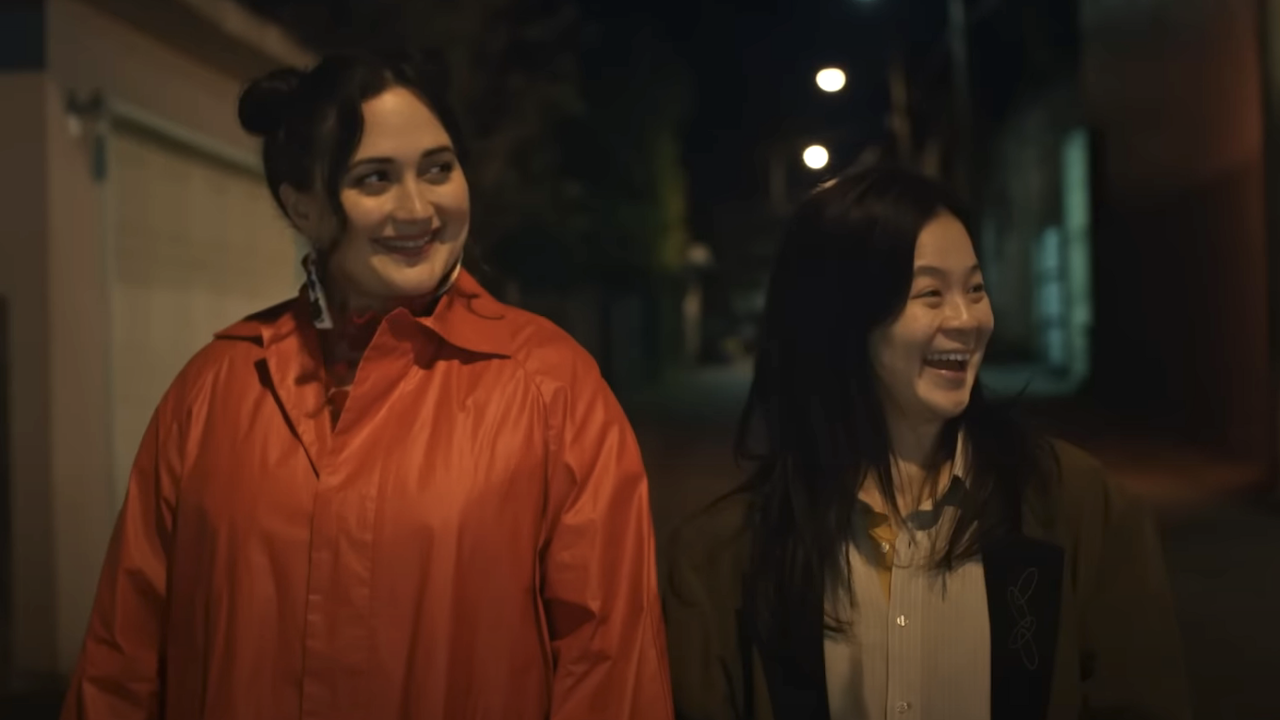To 3D Or Not To 3D: Buy The Right Star Trek Into Darkness Ticket
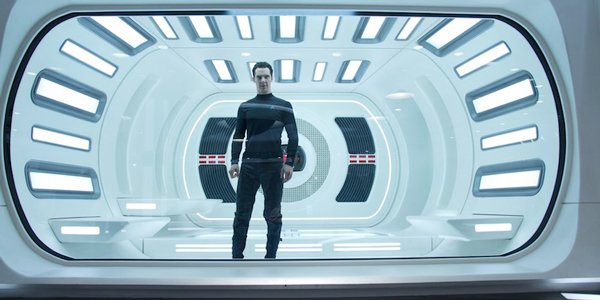
Unbelievably, J.J. Abrams' first Star Trek opened before Avatar, in a time when not every summer blockbuster was expected to come out in 3D, and before movies were put through the post-conversion wringer to cash in. Four years later things are surprisingly different, and Star Trek Into Darkness has succumbed to the spirit of the times, arriving with post-converted 3D and a whole lot of ads trumpeting the 3D experience.
But is it worth it? As always, we're here to try and help you figure that out, with the latest installment of To 3D Or Not To 3D. We break down the 3D components of Star Trek Into Darkness and help you decide if it's worth the extra ticket price. For a review of the movie click here, and read below as we help you decide just which format is the best for boldly going where no one has gone before.
Does 3D Fit?
?Star Trek Into Darkness is a very large blockbuster using a lot of CGI effects, which puts it squarely in the wheelhouse of where most 3D gets used these days. At the same time, the first Star Trek in 2009 was similarly huge and effects-driven, and it worked just fine without 3D. There's no denying the movie is the right kind of thing to use 3D, but it's hard to buy the argument quite so much when we've got a perfectly good non-3D Trek to compare it to.
Fit Score: 3/5
Planning & Effort?
?We always give extra credit to movies that shoot in 3D, since it suggests that the director him or herself is actually passionate about the format. J.J. Abrams-- who initially said that he wouldn't make the film in 3D before conceding and agreeing to post-conversion-- has never made a 3D movie before this one, and has never seemed all that into it. But Abrams is also a planner, and gave himself plenty of time to both prepare the shoot and allow for a solid conversion process. The results are on the screen, even if it's probably not what Abrams would have done given total control.
Planning & Effort Score: 3/5
Before the Window?
CINEMABLEND NEWSLETTER
Your Daily Blend of Entertainment News
?Movies set in outer space are prime candidates for "before the window" moments, which is when objects or people or confetti or whatever come flying out of the screen at the audience. Star Trek Into Darkness works many, many of these moments into its opening scene, with the entire Enterprise crew racing to get away from the red-forested planet before a volcano explodes. Spears are thrown at the screen, snowfall and lava fly out at you, even the red branches of the forest seem to loom overhead. As the film goes on these moments get less extreme-- the opening sequence is all about dazzling you, while later on you've actually got to pay attention to the story-- but as it turns out, one of Abrams' directorial signatures works well here. You may be exasperated by his love of lens flares, but you really ought to see how lovely they can be in 3D.
Before the Window Score: 5/5
Beyond the Window
?Given a bigger production budget and more space to build enormous sets-- read Simon Pegg talking about the airplane hangar he sprinted across in this interview-- Star Trek Into Darkness really allows you to feel the vaster spaces, and the 3D helps with that. A scene late in the film with the Enterprise in peril-- you've seen it teased in clips like this one-- shake up the ship's gravity, and watching hallways turn into deepening holes becomes that much more intense with the 3D added on. Sure, much of Star Trek still happens in the relatively confined space of the bridge, but even there the depth helps you feel like it's a real ship, and not a soundstage somewhere in Los Angeles. That's no small feat.
Beyond the Window Score: 5/5
Brightness
?If anything Abrams's Star Trek films are criticized for being too bright, with those lens flares popping up out of the screen at you. As you might guess, brightness is not an issue here, even though it's the first Star Trek film you'll experience with 3D glasses blocking your face. There are some dimmer scenes in the movie, like when Kirk and Spock and Uhura get into a firefight on a Klingon moon, but the problems with seeing what's happening there come from the quick editing, not the 3D.
Brightness Score: 5/5
The Glasses Off Test
?When you take off your glasses in the middle of a 3D scene-- you probably shouldn't, but for the sake of the test, go with us-- you ought to see some blur around the image, which indicates how much actual 3D pop you'll see when you put them back on. Star Trek Into Darkness does this pretty well, though of course, it will vary greatly depending on which scene you do it in. Pick the right moment-- like that aforementioned opening sequence-- though, and it will really impress you.
Glasses Off Score: 4/5
Audience Health?
Movies with shaky cameras or quick action scenes or anything not planned for the audience to experience in 3D can have a way of making you sick once you slap on those glasses. Star Trek Into Darkness, even though it was post-converted, clearly thought this through. The bright colors and relatively steady camera ought to be enough to settle any stomach.
Audience Health Score: 5/5
| SCORES RECAP | |
| 3D Fit | 3 |
| P&E | 3 |
| Before The Window | 5 |
| Beyond The Window | 5 |
| Brightness | 5 |
| The Glasses Off Test | 4 |
| Audience Health | 5 |
| Total Score | 30 (out of a possible 35) |
Final Verdict: No, you don't have to see Star Trek Into Darkness in 3D-- and if J.J. Abrams had his way, you probably wouldn't have been given the option. But the 3D format does lend itself really well to his vision of the Starship Enterprise, with the lens flares and the bright design of the ship and the rollicking action sequences all popping just a little extra in the new format. Shelling out the extra bucks for the IMAX ticket is probably the worthier expense, but if there's 3D added on top of that, don't worry about it-- there's enough extra pizazz in that 3D to make it worth it.
This poll is no longer available.
Staff Writer at CinemaBlend


